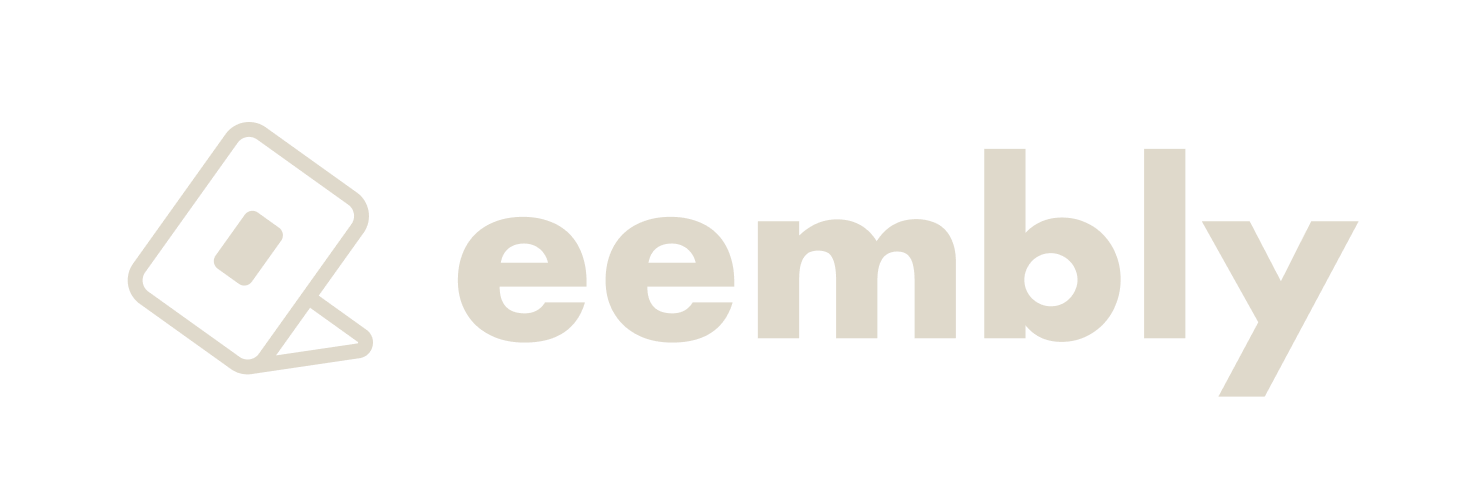
Image source: Rachel Lang
Introduction to User Personas
User personas play a crucial role in designing and marketing products and services. They are fictional characters that represent different types of users and provide valuable insights into their needs, preferences, and behaviors. By understanding your target audience through user personas, you can create more effective and user-centric designs and marketing strategies. In this article, we will explore the process of creating user personas through user interviews, from planning and conducting interviews to analyzing data and synthesizing insights.
The Importance of User Personas in Design and Marketing
User personas offer numerous benefits in the design and marketing process. They help you understand your target audience on a deeper level, enabling you to create products and services that cater to their specific needs and preferences. By having a clear picture of your users, you can make informed design decisions, prioritize features, and allocate resources more effectively. User personas also provide a common language for the entire team, facilitating collaboration and alignment.
What Are User Interviews?
User interviews are a powerful research method that allows you to gather qualitative insights directly from your target audience. These interviews involve engaging with users in one-on-one conversations, exploring their experiences, opinions, and motivations. By conducting interviews, you can uncover valuable information that goes beyond quantitative data, such as the reasons behind user behaviors, pain points, and unmet needs. User interviews provide rich qualitative data that forms the foundation for creating accurate and meaningful user personas.
Planning and Preparing for User Interviews

Before conducting user interviews, careful planning and preparation are essential. Start by defining clear research objectives and the specific information you want to gather from the interviews. Identify your target audience and recruit participants who align with your user personas. Create a structured interview guide that includes a mix of open-ended and specific questions to elicit detailed responses. Consider the logistics, such as the location, format (in-person, remote), and duration of the interviews. Finally, obtain informed consent from participants and ensure their privacy and confidentiality.
Steps to Conducting User Interviews Effectively
- Establish rapport and build trust: Begin the interview by creating a comfortable and friendly environment. Introduce yourself, explain the purpose of the interview, and assure participants that their input is valuable. Encourage open and honest responses by actively listening, showing empathy, and maintaining a non-judgmental attitude.
- Ask open-ended questions: Start with broad questions that allow participants to share their experiences and thoughts freely. Gradually move towards more specific questions to delve deeper into their motivations, challenges, and preferences. Avoid leading questions that may influence their responses and ensure a conversational tone throughout the interview.
- Probe for details and examples: Encourage participants to provide specific examples and details to support their answers. This helps you understand their thought processes and provides valuable context. Ask follow-up questions to clarify any ambiguous or unclear responses and explore different aspects of their experiences.
Steps for Analyzing and Synthesizing User Interview Data

Once you have conducted the user interviews, the next step is to analyze and synthesize the collected data to extract meaningful insights for creating user personas. Here are the steps to effectively analyze and synthesize user interview data:
- Transcribe and organize the data: Transcribe the interview recordings or compile detailed notes from the interviews. Create a structured system to organize the data, such as categorizing responses based on themes or topics.
- Identify patterns and commonalities: Look for recurring themes, patterns, and commonalities across multiple interviews. Pay attention to similarities and differences in participants’ experiences, needs, and preferences. This will help you identify key insights that can inform the creation of user personas.
- Condense and summarize the findings: Condense the data into concise and meaningful summaries. Highlight the most significant insights and observations that capture the essence of the user interviews. Use quotes or anecdotes to illustrate key points and make the findings more relatable.
Creating User Personas
Once you have analyzed and synthesized the user interview data, you can leverage various tools to create user personas effectively. Here are some popular tools that can assist you in this process:
- Persona templates: Use pre-designed persona templates to structure and visualize your user personas. These templates typically include sections for demographic information, goals, motivations, behaviors, and pain points. Customize the templates based on the insights gathered from the user interviews.
- Empathy maps: Empathy maps help you understand the emotions, thoughts, and behaviors of your target audience. They provide a visual representation of user personas by mapping out their feelings, needs, influences, and pain points. Empathy maps can be created on paper or using digital tools.
- Personality archetypes: Personality archetypes are useful for capturing the distinct characteristics and traits of your user personas. By assigning personality traits, such as introversion/extroversion or analytical/creative, you can create more relatable and realistic personas. Tools like the Myers-Briggs Type Indicator (MBTI) can assist in defining personality archetypes.
Tools for Creating User Personas
Creating personas is a key part of user experience design, helping to understand the target audience better. Here are some tools that are commonly used for creating personas:
- Xtensio: This tool allows users to create, manage, and share beautiful living documents and presentations with ease. It offers user persona templates that are easy to fill out and aesthetically pleasing.
- Userforge: This tool helps in creating detailed, interconnected user personas that can be shared among team members. It focuses on maintaining consistency in the details across all personas.
- MakeMyPersona by HubSpot: HubSpot offers a free tool to generate buyer personas by answering a series of questions about your ideal customer. It’s very user-friendly and suitable for beginners.
- Persona Generator: This is a tool that offers a quick way to generate personas by inputting demographic information, which then suggests interests, names, and other demographic details.
- Adobe XD: Although primarily a design and prototyping tool, Adobe XD includes features and plugins that facilitate the creation of detailed personas directly within your design workflow.
- MURAL: This is a digital workspace for visual collaboration that can be used to create personas. It allows teams to brainstorm, organize ideas, and create visual personas collaboratively.
Steps for Creating User Personas from Interview Insights

Now that you have the necessary data and tools, it’s time to create user personas based on the insights gathered from the user interviews. Follow these steps to develop accurate and effective user personas:
- Sort and group insights: Review your analysis and identify common themes and patterns. Group similar insights together to form the basis of individual user personas. Look for shared goals, motivations, behaviors, and pain points that are relevant to each persona.
- Define persona attributes: Assign demographic information, such as age, gender, occupation, and location, to each persona. Additionally, define psychographic attributes, such as personality traits, values, interests, and aspirations. These attributes add depth and context to your user personas.
- Craft narratives: Bring your user personas to life by creating narratives that describe their background, goals, challenges, and motivations. Use storytelling techniques to make the personas relatable and memorable. Include key quotes or anecdotes from the user interviews to add authenticity and credibility.
Using User Personas in Design and Marketing Decisions
Once you have created user personas, they become valuable assets that inform your design and marketing decisions. Here are some ways to leverage user personas effectively:
- User-centered design: Use user personas to guide the design process and ensure that your products and services meet the specific needs and expectations of your target audience. Refer to the personas when making design decisions, prioritizing features, and conducting usability testing.
- Content creation: Tailor your content to resonate with your user personas. Craft marketing messages, blog articles, and social media posts that address their pain points, goals, and aspirations. This personalized approach helps you establish a stronger connection with your target audience.
- Targeted marketing campaigns: Use user personas to refine your marketing strategies and target specific segments of your audience. Customize your advertisements, email campaigns, and promotions based on the preferences and behaviors of each persona. This increases the relevance and effectiveness of your marketing efforts.
Common Challenges and Tips for Creating User Personas through Interviews
Creating user personas through interviews can present some challenges. Here are a few common challenges and tips to overcome them:
- Limited sample size: If your sample size is limited, ensure diversity by recruiting participants from different demographics and backgrounds. Supplement the interview data with additional research methods, such as surveys or focus groups, to gather a more comprehensive understanding of your target audience.
- Bias and subjectivity: Be aware of your own biases and subjectivity during the interview process. Approach the interviews with an open mind and avoid leading questions or steering participants towards desired answers. Aim for objectivity and let the data speak for itself.
- Keeping personas updated: User personas should evolve as your target audience evolves. Regularly update and validate your personas through ongoing user research to ensure their relevance and accuracy. Stay connected with your users and adapt your personas accordingly.
Conclusion
Creating user personas through user interviews is a powerful process that bridges the gap between theory and action. By understanding your target audience on a deeper level, you can design and market products and services that truly resonate with their needs and preferences. Through careful planning and execution of user interviews, followed by effective analysis and synthesis of the collected data, you can create accurate and meaningful user personas. Leverage these personas in your design and marketing decisions to establish a user-centered approach and drive the success of your products and services.




